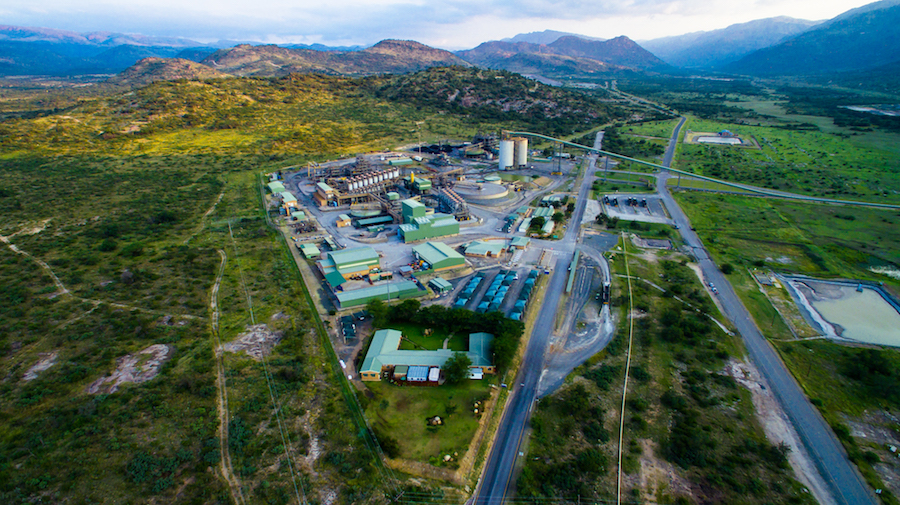
South Africa’s mining industry faced a series of challenges in the first half of this year as precious metals did not emerge from the lows hit in 2016, but rather continued to struggle, PricewaterhouseCoopers said on Tuesday.
Despite the negative effect of gold and platinum prices ups and downs, capital expenditure (capex) in the sector grew for the first time since 2012 to R482 billion. While it was a R62-billion increase on the previous year, the figure is still below the June 2016 level of R560 billion, PwC said in the 10th edition of its SA Mine report.
Commodity price increases bode well in the period for bulk commodity producers, specifically iron-ore, coal, manganese and chrome. The steel-making ingredient, in fact, saw an increase of R40 billion from 2017 to 2018, increasing its share of capitalization from 13 to 20 percent.
Yet, capital expenditure for the sector recovered from the lowest levels in ten years to reflect a 19% increase.
Unfortunately the aggregated South African mining industry, which is more exposed to precious metals, did not enjoy the same benefit from price increases.
“Cost-saving initiatives could not offset the impact of input cost inflation. The increased costs and production challenges meant a weakening in operating results,” the report said.
As a result, the local mining industry ended the period at a net loss position after another R46-billion in impairments.
Yet the JSE mining index outperformed the JSE all share index in the reporting period, for the first time since 2008. In US dollar terms, the index also compared relatively well with the HSBC global mining index.
The experts highlighted the country’s publication of a revamped mining charter last week, which raises black ownership of mining companies from 26 percent to 30 percent.
While still likely to receive some criticism, the new set of rules reflected a concerted effort by industry and government to move closer to each other, the report said.
Also, the appointment of Gwede Mantashe as new minister of mineral resources in February 2018 brought hope of open dialogue and more certainty to the industry, the analysts wrote.
The study shows the mining industry continues to add significant value to the country, with employees taking the lion share of value added at 47%, followed by government through direct taxes, as well as payroll and royalties with 24%. Shareholders got an improved share on the back of improved dividends from bulk commodity producers, the report said.